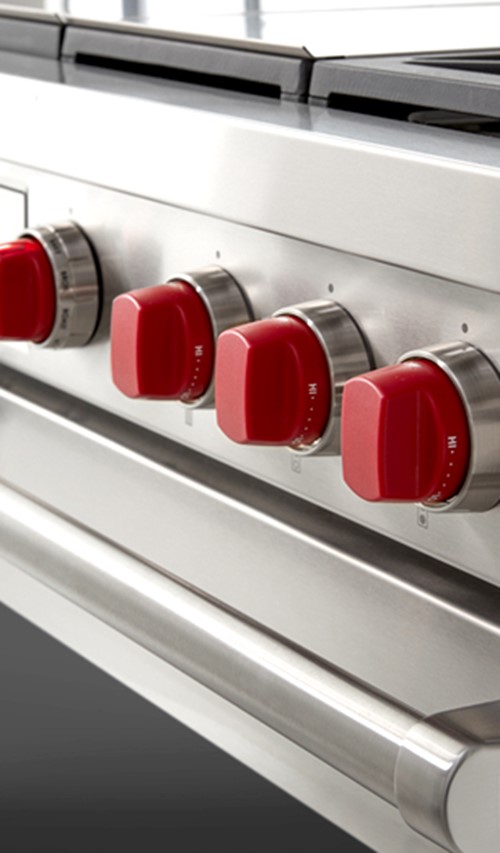
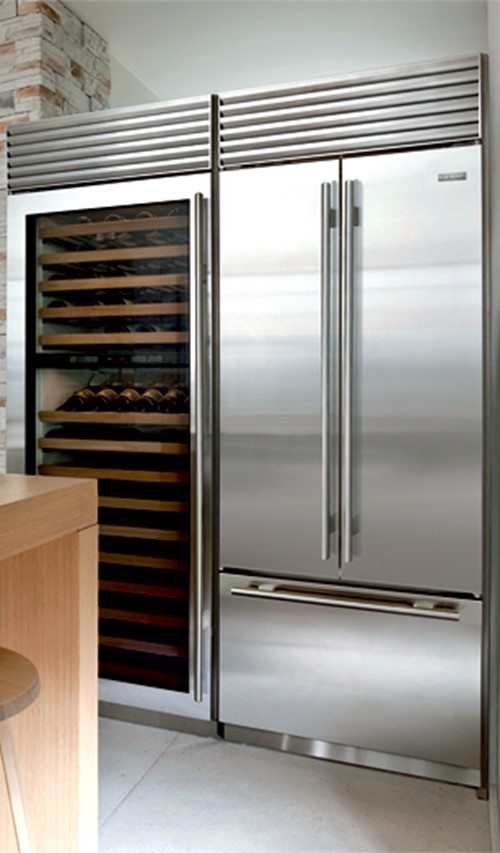
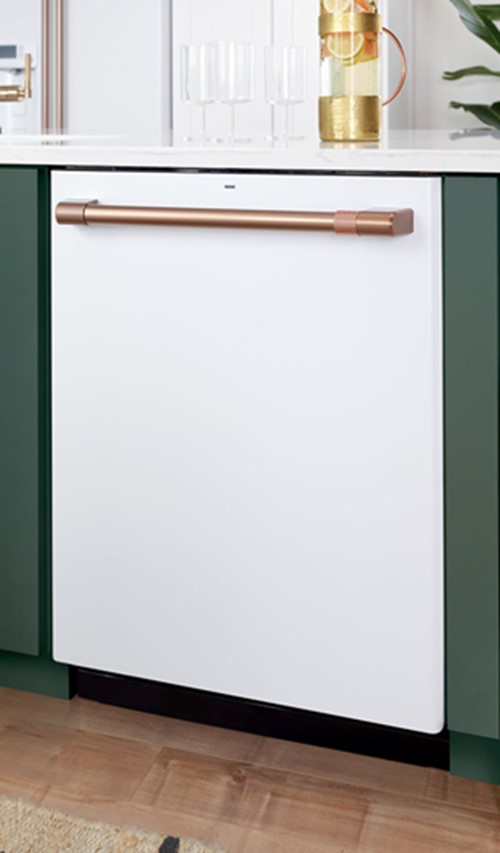
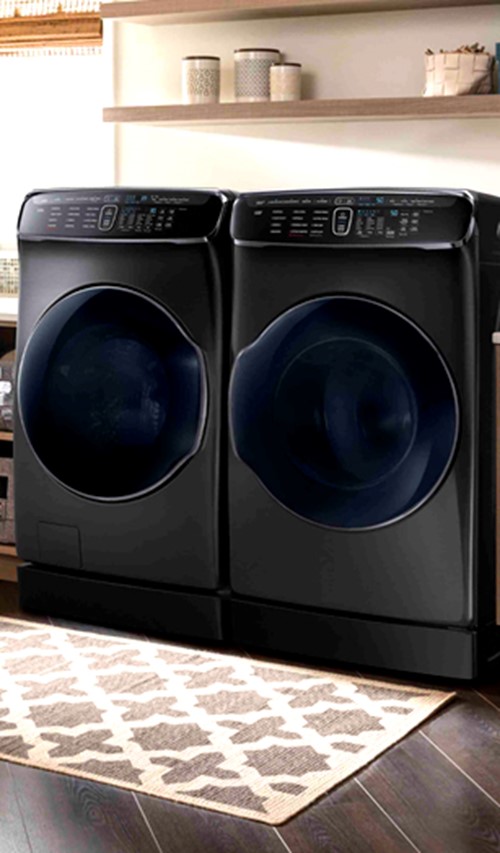

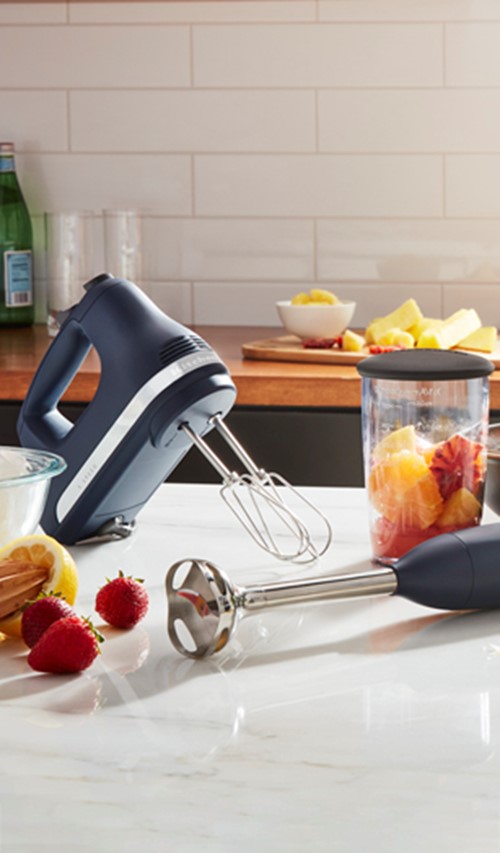
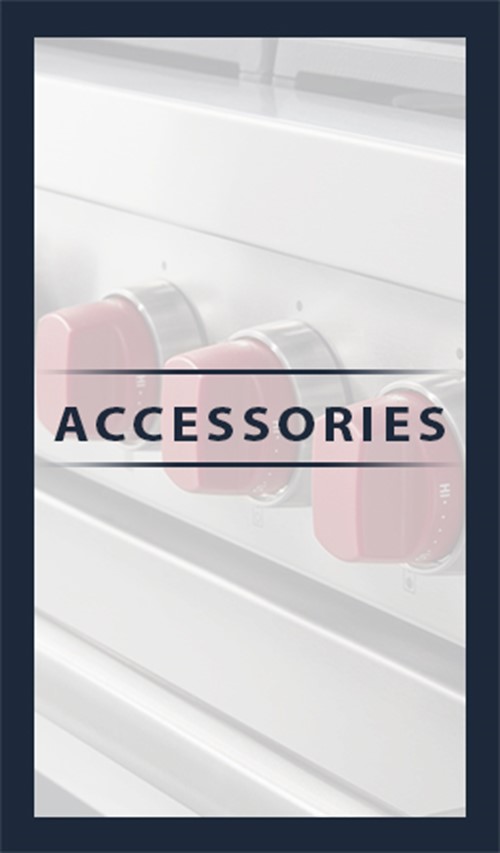
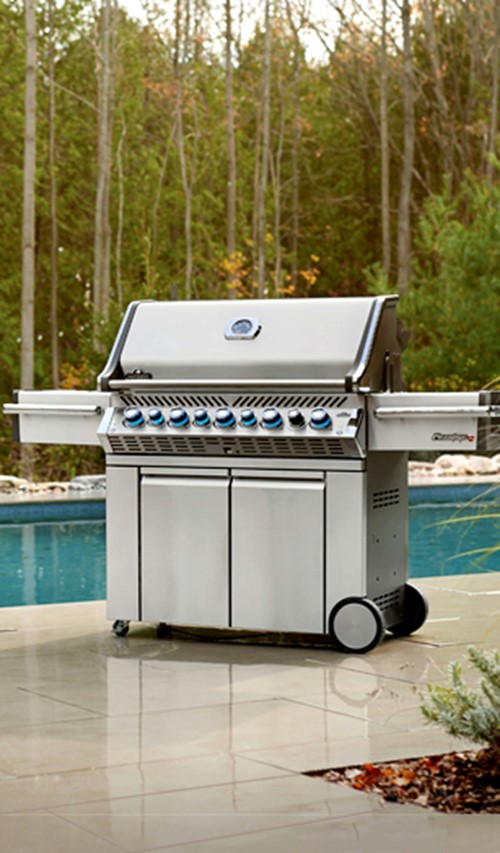

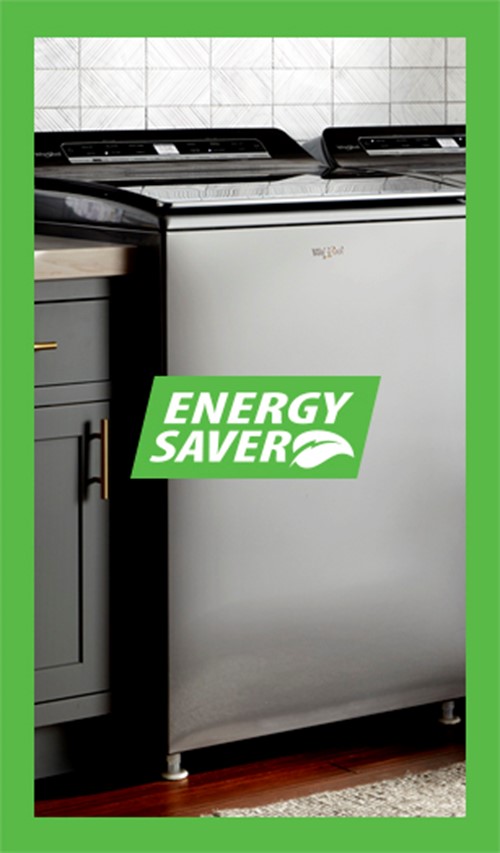

Closed Box or End of Line Products are products that have been discontinued or no longer being produced, but still new and never opened. For this reason an additional discount may apply.
Open-box products are typically floor models or returned goods that have been inspected to make sure they work. You will be able to purchase them from individual store locations. Product varies from location to location.
See our clearance selection here
As an appliance professional I often get asked, 'What is better, gas or induction?' to which I reply, 'that all depends on your wants and needs.' Many people want gas, for one of three reasons; they grew up with their parents cooking on gas, they’ve only ever cooked on gas, or they want an upgrade from electric. Some people only know gas as an option to upgrade and haven’t even heard of induction. While gas will provide a live flame, and cook fast and even, induction has the same consistency, but can cook faster than gas.
So a lot of this buying decision comes down to how easy is it to clean – which is the most common question I get, when someone is trying to decide between gas and induction. The fast answer is induction, no comparison. Gas cooking surfaces have more nooks and crannies for dirt and particles to build up, while all induction tops are flat tops. That’s an obvious thing, I know, but let’s dig into the induction a little more, because there’s more to it than just a flat surface.
Induction
Induction only works with magnetic pots and pans. No matter how big the element is, it will only heat up to the size of the vessel that you are cooking contents in. Picture a 10” circle element, on an electric top. When you turn it on, the whole thing lights up, regardless of what size your vessel is. Let’s assume we put a 6” pot on the 10” induction burner and put it on high to boil water. The only part of that element that will heat up, is the part that is touching the bottom of the 6” pot. That means, that from a safety standpoint, you could touch any part of that element, that isn’t under the pot, and it would be cold to touch.
Sounds odd, but when I demonstrate this feature in our showroom, people are amazed with how safe induction is. In addition to the safety, this also ensures easy cleaning. If you have a spill outside of that ring the vessel is sitting on, it will never burn because there is no heat. Therefore, making cleanup a breeze, by just a simple wipe.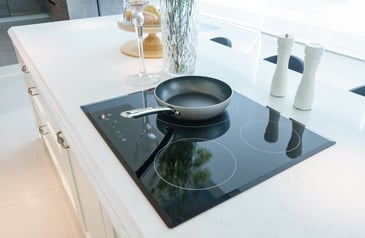
Gas
Gas works with any vessel that you can cook with. Of course, being a live flame, we do not need any specific material in order for the contents to heat up. Gas heats up as quick as a flame can, with great consistency, so we can achieve even heat at an even temperature. From a safety standpoint, this isn’t ideal for anyone with young children who are growing more curious and want to touch everything (like my 2-year-old). However, all gas cooktops/ranges, have safety features, to turn the flame off at certain times.
Cleaning can be a little more work with gas, but as long as you maintain your cooking surface, things will not have a chance to burn on, or stick to the surface. I recommend to everyone, as soon as the cooktop cools down, clean any messes. Don’t let them sit until the next day, and definitely don’t let the spill sit until the next time you cook.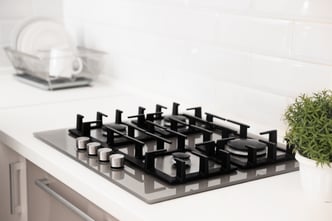
Gas cooking is tried, tested, and true. Induction is a new technology that’s gaining popularity. My job is to ensure I educate my customers on what options are available for their cooking needs and what suits their lifestyle best. Without choosing one or the other, both will give you consistent heat, and faster cooking that a basic electric cooking surface. The right choice just comes down to your lifestyle, needs and wants when cooking in the kitchen.
Mark Filippelli has been in the appliance business for 10+ years, working out of our Mississauga location. He is part of the Tasco Kitchen Design Division and works with many local designers, builders, and contractors. Mark has a passion for meeting new people and assisting them through their kitchen renovation process. Mark is also a proud father of a 2 year-old son - now he actually has an excuse to play with toys again!